OT Month 2024: Therapist Spotlights
In celebration of Occupational Therapy Month, we’re excited to shine a spotlight on the incredible work of our dedicated therapists. This was a perfect opportunity to check in with our therapists and discover what makes them passionate about their work. In this blog post, we’re thrilled to share their insights, experiences, and expertise as they answer a few key questions about the field of occupational therapy. Join us as we celebrate the contributions of these remarkable clinicians and gain a deeper understanding of the transformative power of OT.
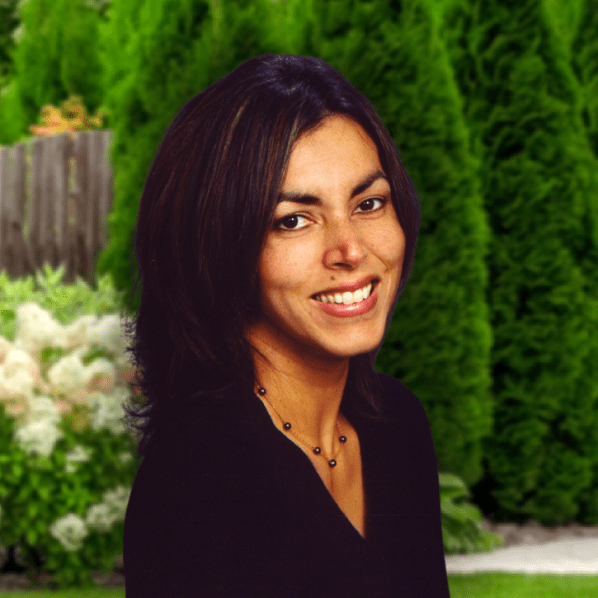
Cynthia Boccia, OTR/L
What are some common misconceptions about occupational therapy that you encounter?
Many people are under the impression that OT’s only work with hands to develop fine motor skills.
Please share your favorite tip for maintaining independence and functionality in daily life.
The best way to maintain independence is by staying fit and keep moving. Daily exercise for 20-30 minutes should be your norm. Most importantly, do something meaningful every day.
Is there a condition or population that you particularly enjoy working with? Why?
The diagnosis I enjoy working with the most is osteoarthritis. For many years, patients live with this progressive diagnosis which impacts every aspect of their lives. Many of them receive no alternatives other than medication and some realize they remain symptomatic despite being compliant with their medications. As a result, many seek other alternatives. Occupational Therapists offer treatments to help manage pain caused by osteoarthritis, including splinting, hand exercises and thermal modalities. Splints can decrease pain and improve the strength of one’s grip and pinch, and hand exercises and thermal treatments can strengthen and restore muscular function. These patients respond quickly to OT intervention and are able to enjoy a better quality of life.
Cynthia is ACCESS PT’s Director of Occupational Therapy services, and currently sees patients in our Goshen, NY location.
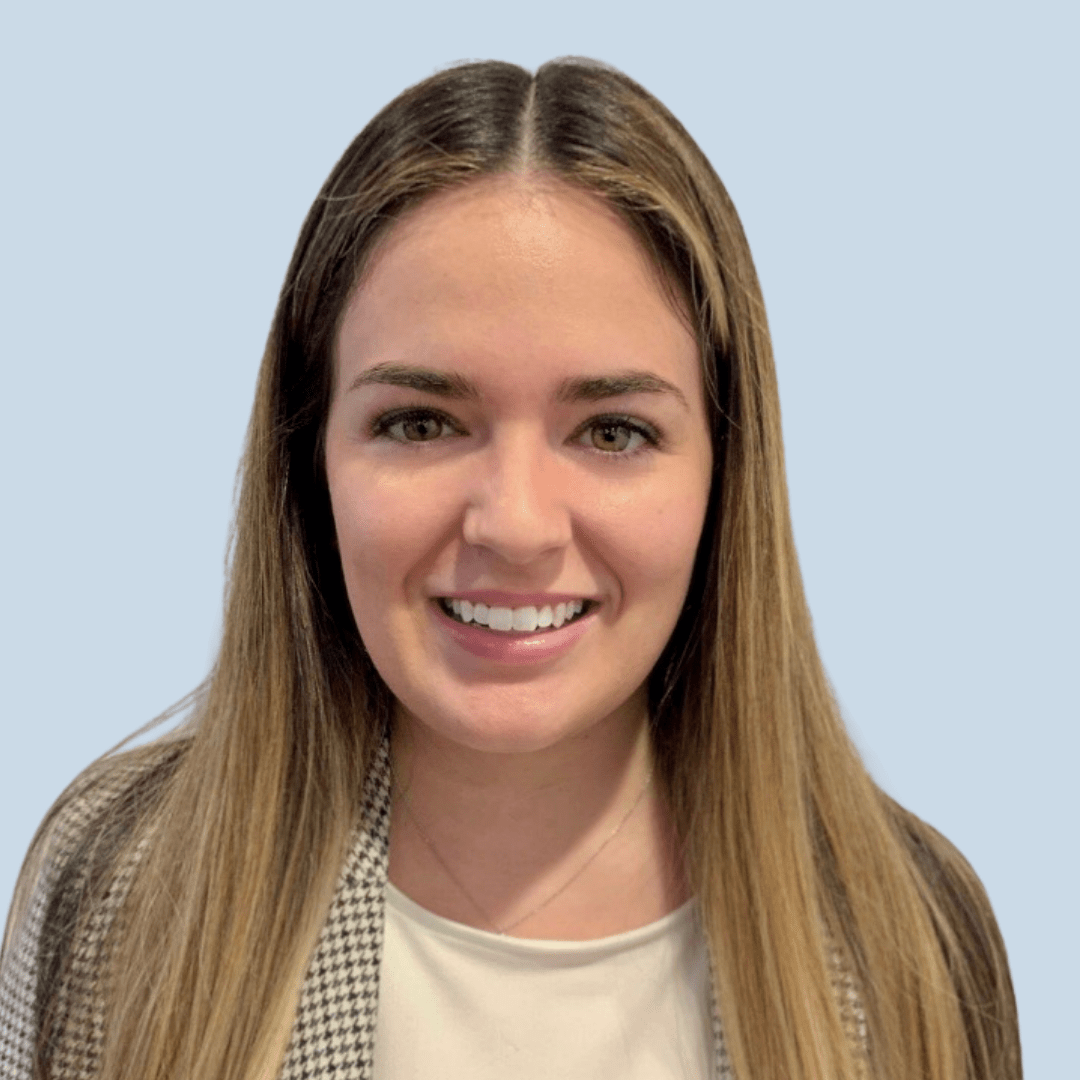
Kristina Argiro, OTR/L
What are some common misconceptions about occupational therapy that you encounter?
So many people that I meet on a daily basis either confuse occupational therapy with physical therapy, or if they know they are separate they believe that OT is solely for the upper body. What a lot of people don’t know is the wide range of populations & conditions that OTs can treat. They also don’t always realize that OTs treat the body as a whole, not individual parts. Although we can focus on specific diagnoses, particularly within the upper extremity, our main focus is on function and helping an individual to regain their independence in daily activities.
Is there a condition or population that you particularly enjoy working with? Why?
I really enjoy working with the neurological population, particularly stroke patients. The main reason that this population interests me is because every single patient presents differently and they have so much potential to regain their functional independence. I also love that the neurological population combines not only physical function but also cognition which is a huge interest of mine. I love performing cognitive evaluations on patients and helping them to improve their cognitive function along with their ADLs.
Kristina earned her Master’s Degree in Occupational Therapy from Stony Brook University and a Bachelor’s Degree in Psychology from Marist College. She currently sees patients at Good Samaritan Hospital.
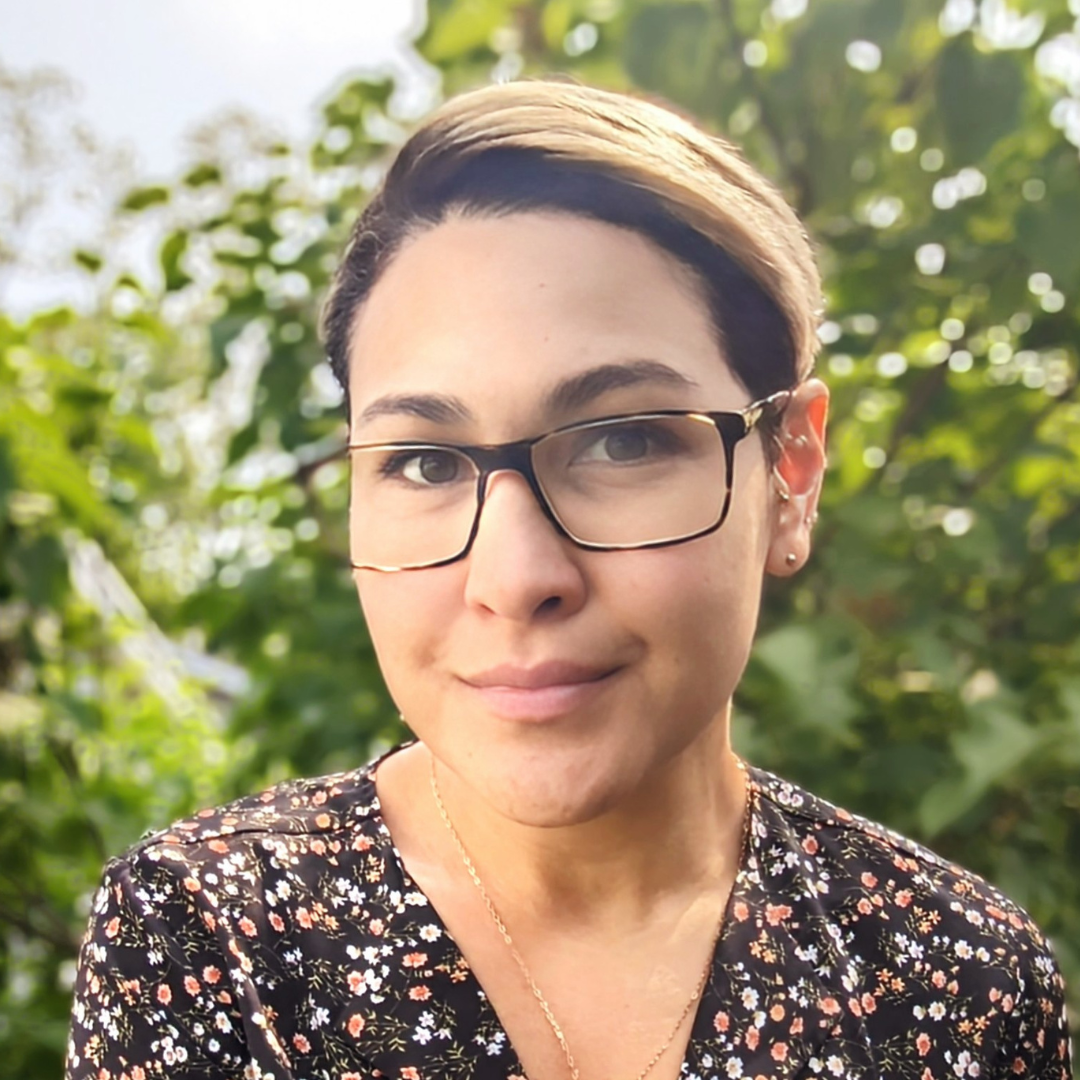
Sheena Lillis, OTR/L
Is there anything about occupational therapy that you think the general population would be surprised to learn?
One fact about OT that I believe the general population would be surprised to learn is that OT’s can address anything from activities of daily living to health management, sleep, caregiving, work, education, as well as leisure and play activities. OT’s collaborate with the client to problem solve and facilitate participation in any occupation that the individual may be experiencing difficulty participating in.
What are some common misconceptions about occupational therapy that you encounter?
While an occupation sounds like some type of employment, occupation is actually any activity that occupies your time.
Please share your favorite tip for maintaining independence and functionality in daily life.
Move regularly and build muscle! Muscle is like a retirement bank for a wealthy quality of life. As we get older, we tend to lose muscle (also called sarcopenia) which can impact our ability to participate in daily activities like getting up from low surfaces, picking up children or pets, and participating in our favorite activities.
Would you like to share a fun fact about yourself?
I enjoy endurance activities. This year I have two goals of completing ultramarathon distances. Even if I don’t complete these feats, the training is my way of celebrating what the human body is capable of.
Sheena earned a Master’s of Occupational Therapy from Bay Path University and sees patients in our Kingston, NY and New Paltz, NY locations.

Jennifer Motta-Conklin, OTR/L
What is your favorite thing about being an occupational therapist?
Working for almost 30 years as an Occupational Therapist in many different settings, one common thread exists through all of them. Seeing people return home, return to the daily activities they enjoy, return to independence, return to work to support their families, return to pain free living. This is is what I enjoy the most about being an occupational therapist, as well as the lasting relationships that are created.
Jennifer is certified in LSVT BIG, specialized rehabilitation for individuals living with Parkinson’s Disease. She currently sees patients in Monroe and Goshen.
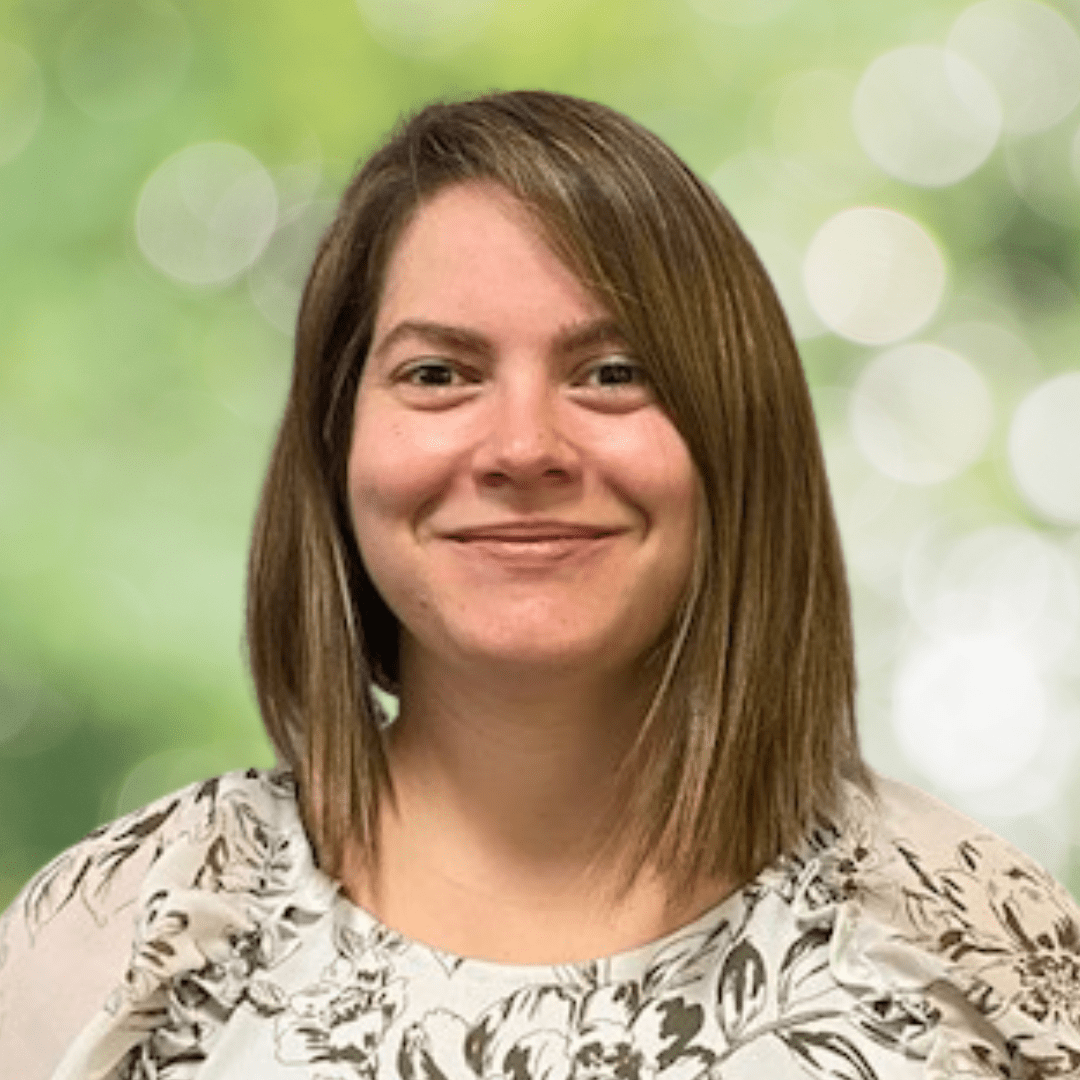
Caryn Parr, OTR/L
What inspired you to become an occupational therapist?
I always wanted to help people. I wanted to make a difference, to make an impact, and to change or save a life. I knew the saving a life would be difficult due to the fact that I would need to be a EMT, doctor, or a nurse and I could not manage the blood, needles, and other gross things. I was a Girl Scout from Daisies to Senior where I got my gold award so I was always in the world of helping people.
What are some common misconceptions about occupational therapy that you encounter?
People often think that occupational therapy has something to do with employment, and tell me that they do not need to see me because they already have a job or they do not work. Many people just don’t understand what occupational therapy actually is, or the variety of conditions we can treat.
Is there a condition or population that you particularly enjoy working with? Why?
I love anything orthopedic because I feel it is very clear and there is direction for interventions. The outcomes are positive and measurable where I can see the patient’s gains – that is so rewarding for me as well as the patient. You can see you are making a difference.
Is there anything about occupational therapy that you think the general population would be surprised to learn?
Occupational Therapy was founded in 1917, and was driven by a desire to help WWI veterans upon their return home, with the use of occupations for therapy.
Please share your favorite tip for maintaining independence and functionality in daily life.
It’s hard to choose just one…stretching, “motion is lotion”, proper body mechanics, and proper ergonomics would top my list.
What advice do you have for individuals considering a career in occupational therapy?
Its going to be hard but worth it.
Caryn graduated from The University of New England with her Masters of Science in Occupational Therapy, and currently sees patients in Danbury, CT.
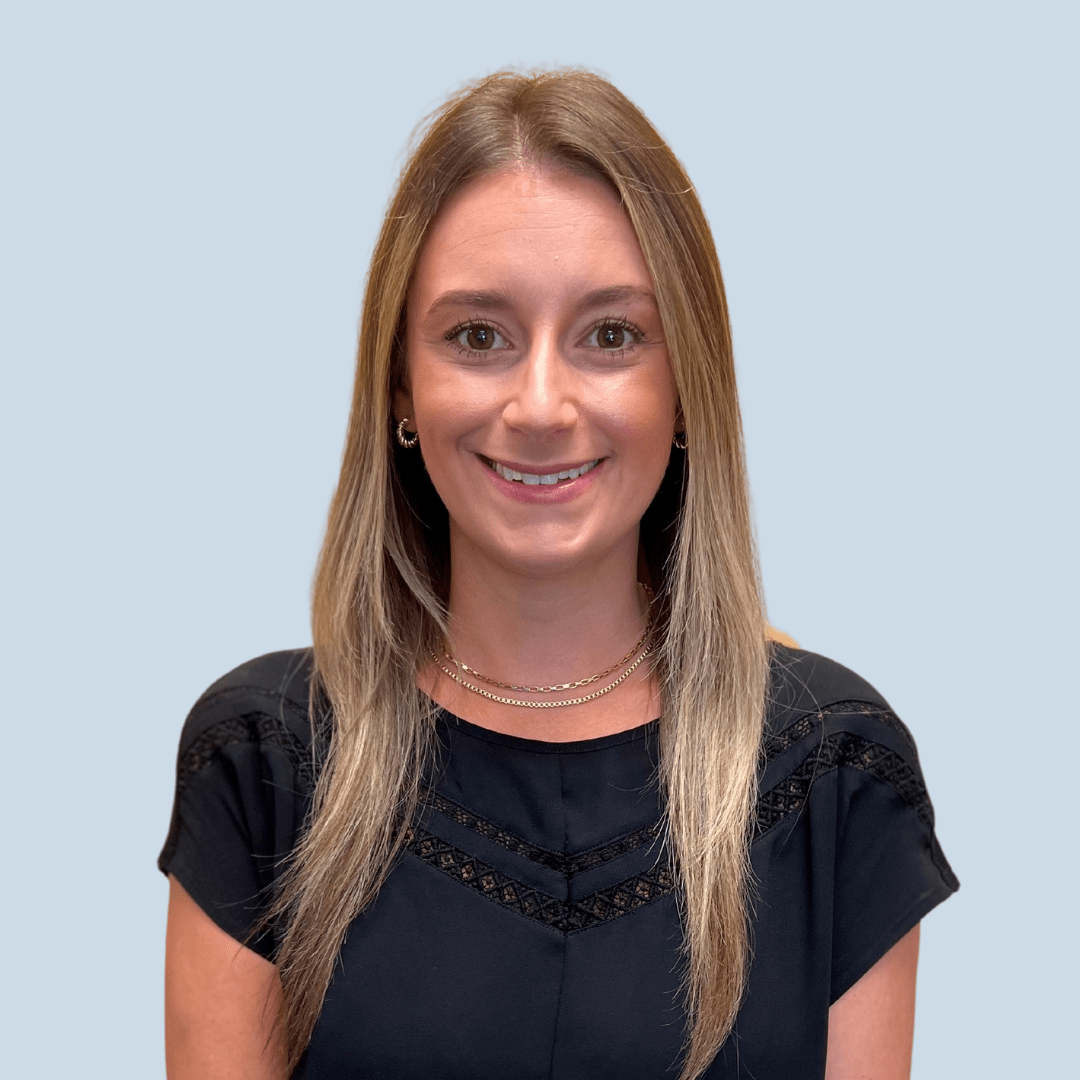
Kaitlin Sardo, OTR/L
What inspired you to become an occupational therapist?
I was inspired to become an occupational therapist when I was around 15 years old because of my younger brother. At that time, he was receiving pediatric OT services and the joy it brought him sparked my interest in the profession. I began observing in the school system and was quickly hooked. I was introduced to outpatient hand therapy with Cynthia during my clinical rotation at Access in 2013. Once again, I fell in love with a whole different practice area of OT. Since, I have been lucky enough to provide OT services at Access to adult populations impacted by upper extremity and neurologic conditions and pediatric OT services to children with developmental delays at Pediatric OT Solutions.
What are some common misconceptions about occupational therapy that you encounter?
The most common misconception encountered, especially in an outpatient setting, is the understanding of what OT is and its differentiation from PT. Often, we are referred to as PTs which opens the line of communication to educate on our background, education, and discipline, as its own unique entity.
Occupational therapy encompasses the whole being, from a holistic standpoint. The premise of occupational therapy revolves around meaningful and purposeful participation in daily occupations. Occupations include our activities of daily living, instrumental activities of daily living, health management, work, play, rest and sleep, social participation, education, and leisure. We look at the person in relation to the activities they want and need to do, from the moment they wake up, to the moment they go to sleep in conjunction with their unique contexts and environments as well as their physical, cognitive, and psychosocial backgrounds. As occupational therapists, we examine the collective influence of all aspects of an individual’s life to be able to work towards enabling or enhancing their independence through participation in meaningful daily occupations.
Is there a condition or population that you particularly enjoy working with? Why?
I am lucky enough to be able to work with both populations I hold a passion for. With regards to outpatient hand therapy at ACCESS PT, I love that our patients are willing to come to us and hold the motivation and drive to want to get better! We are their confidants, their cheerleaders, and their coaches through a difficult time. One thing I really love about working with this population is the progress you can see in just one session. It is wonderful to be able to see the joy when patients are able to achieve their goals and return to independence.
With pediatrics, I work with children under five years old with sensory processing needs, fine and gross motor delays and developmental disabilities. It is a pivotal time for learning and being able to make a difference is incredibly rewarding. Not only are you putting all the knowledge and experience you have worked for towards their growth, but you quickly and truly learn all the things they are able to teach you like patience, unique communication, and creativity.
What advice do you have for individuals considering a career in occupational therapy?
Observe, observe, observe! There are so many facets to OT. Our profession is like an onion. We have many layers, and can work just about anywhere! Don’t stick to just what you think you are interested in going into. Rather, step outside of the box and see what the many practice areas have to offer. You may be surprised with where you ultimately end up!
Kaitlin earned a Master’s Degree in Science and Occupational Therapy from Dominican University. She is LSVT BIG certified, and treats patients in Goshen and Monroe.
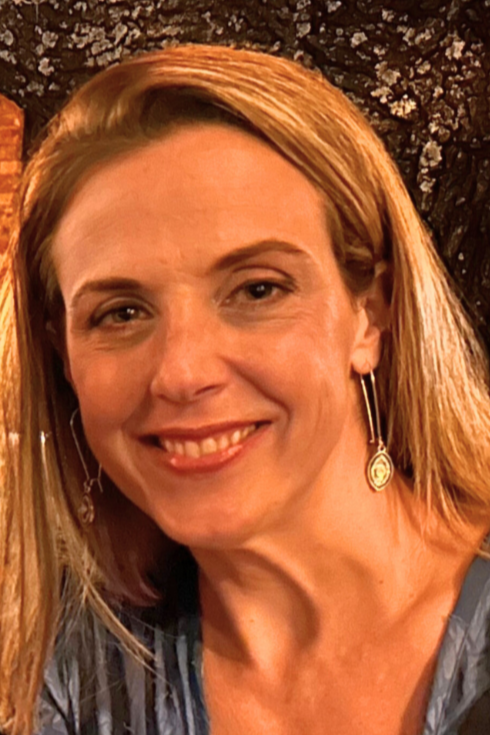
Brynn Sierra, OTR/L
What are some common misconceptions about occupational therapy that you encounter?
Occupational therapy is never limiting and applies to all. We are skilled professionals that look and evaluate person, environment, and occupations (ADLs, IADLs, sleep, work, sport). We strive for purposeful and independent living.
Is there a condition or population that you particularly enjoy working with? Why?
I love helping orthopedic conditions that are complex and at the acute level. I enjoy helping the person from day one to achieve the best result.
What advice do you have for individuals considering a career in occupational therapy?
My best advice is to be diverse. Explore different settings and populations. This will allow your treatment to be advanced due to experience and knowing each patient is complex in many ways.
Brynn currently treats patients in Middletown, Monroe, and at St. Anthony Community Hospital in Warwick.

